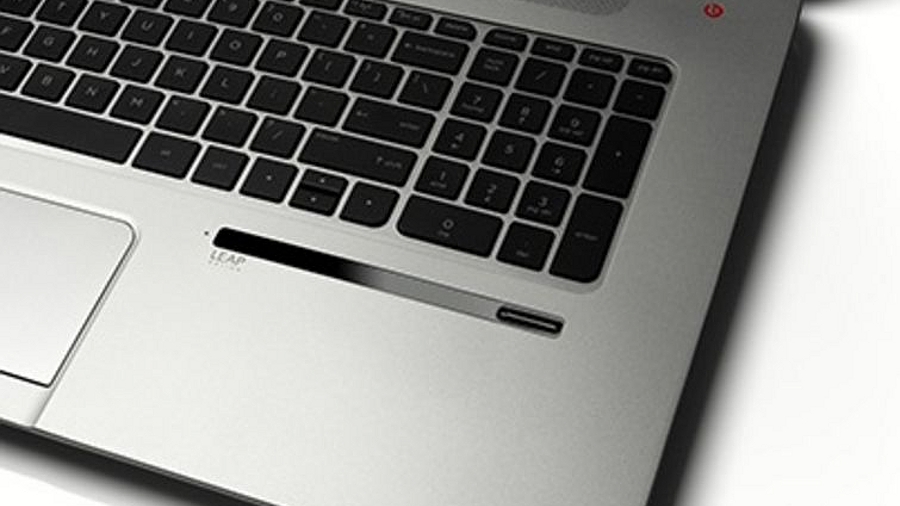Motion control in laptops? A leap too far
Consumers might be ready for motion controls, but the tech isn't there yet

Tempted by HP's new Envy 17 laptop? Fancy yourself some Leap Motion controls on the go? That's fine - so long as you know what you're getting yourself into.
Though I'm yet to put the Envy 17 Leap Motion SE through its paces, word on the street is that the integrated Leap Motion sensor, which lets you interact with the OS by swiping and pinching in the air, behaves identical to the original box version that sits in front of a display.
That's bad news. Leap Motion's controls are finicky and inconsistent at best, and downright infuriating at worst.
They make it difficult to "click" on things - particularly precise browser elements such as links - and using it to navigate Google Earth is like watching a toddler play with a globe after downing a packet of blue Smarties.
Sure, the company isn't pitching it as a replacement for a keyboard and mouse, but considering Leap Motion's Airspace store is both sparse and devoid of useful apps, what exactly is it for?
Motion sickness
If HP is integrating Leap Motion into its products on the basis that the technology is in its infancy and will improve in time, that doesn't wash with me.
From the original Wii to Kinect and now the Leap, we've have had to put up with second-rate motion controls on the basis that we tolerate its faults because it's "new" and "innovative".
Are you a pro? Subscribe to our newsletter
Sign up to the TechRadar Pro newsletter to get all the top news, opinion, features and guidance your business needs to succeed!
If the tech isn't ready to be embedded into laptops, it should go back to the labs to mature for another year or two. Are you listening, Asus?
Spending £70 (US$80, AU$82) on a Leap Motion device to scratch a curious itch is one thing, but if you end up shelling out more than £800 (US$700, AU$1,900) for the experience, the disappointment could be a hard pill to stomach.
There's a side effect too: releasing half-baked tech into the wild before it's ready could even hamper adoption of motion controls on PCs in the future.
The original Kinect is a case in point. It was so hobbled by input lag that many aren't even prepared to give Kinect 2 a chance. It may be just as well that Microsoft isn't giving gamers a choice as to whether they want it or not.
Big novelty
The main problem is that motion controls, like touchscreens, will never be anything more than a novelty when it comes to navigating the desktop.
Neither help by requiring you to lift your arm off the desk, which is one of the reasons why the keyboard and mouse will reign for some time to come. Of course, apps can be designed around specific input methods and result in better experiences.
So what's the answer? It would be churlish of me to bash HP's decision without suggesting an alternative, and Leap Motion is at least trying to bring something new to the PC party.
For me, the biggest contribution to desktop navigation in recent years has come from Apple and its innovation around OS X's multi-touch trackpad gestures.
Whether it's using three fingers to swipe through spaces set up in Mission Control, showing Safari tabs with a diagonal pinch or bringing up Launchpad by moving three fingers and a thumb in opposite directions, the feature is genuinely useful. And your arm stays flat on the desk, which helps during lengthy sessions.
It's about time that manufacturers began looking at how Windows 8 devices can introduce similar functionality.
Ironically, HP has done exactly this with its new Spectre 13 laptop, unveiled alongside the Envy 17 SE, which features a wide HP Control Zone trackpad for navigating Windows 8 and activating its charms. And for desktop PCs, peripherals like Logitech's TK820 are looking to provide similar functionality.
Perhaps PC input is back on track after all.
Most Popular


